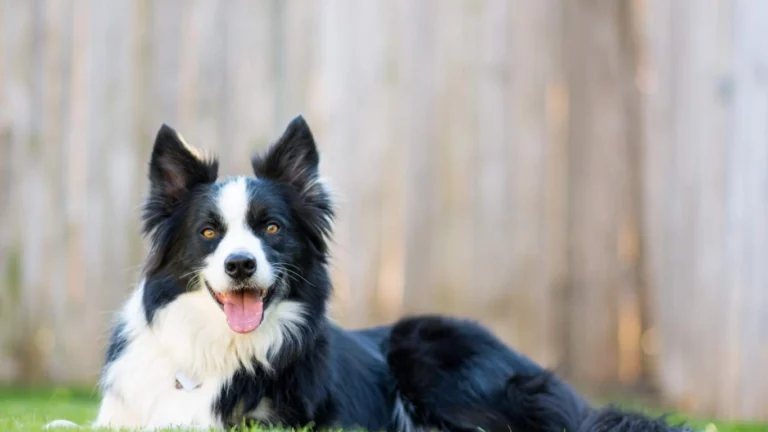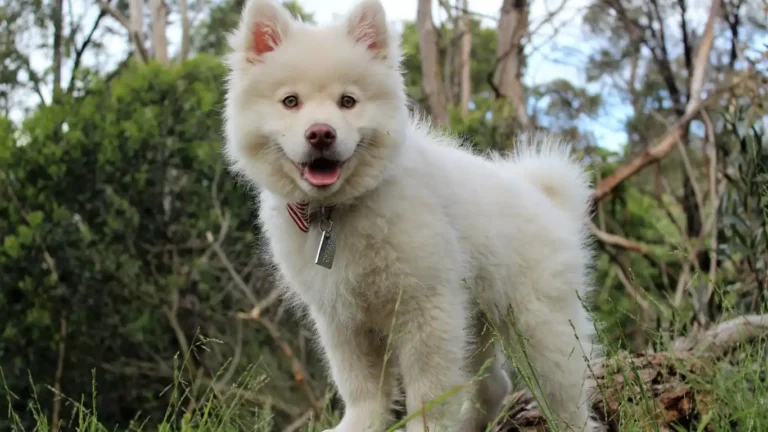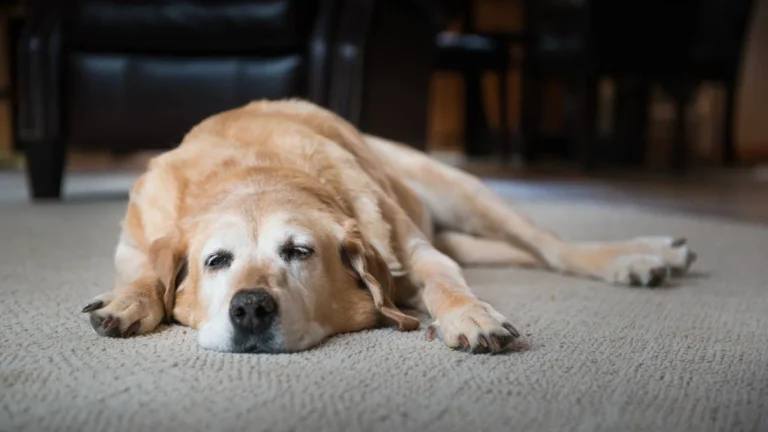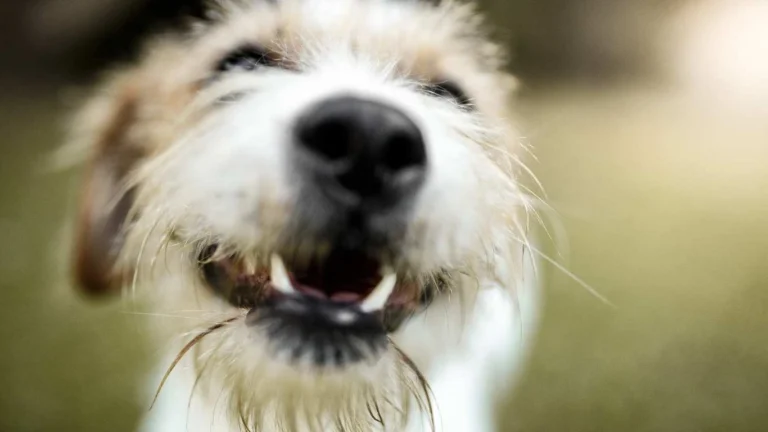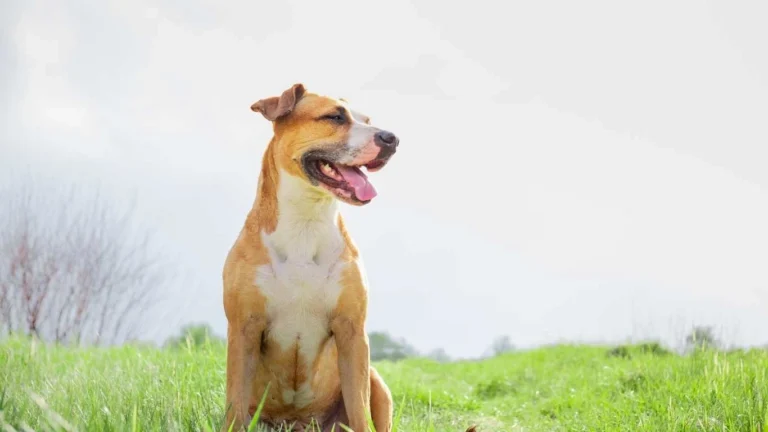How to Reduce Your Dog’s Reactivity to Loud Noises and Calm Anxiety
If you’ve ever seen a dog freeze, shake, or bolt at the first crack of thunder or sudden loud noise, you know how stressful and heartbreaking it can be—not only for the dog but for us as pet parents too. Understanding how to reduce your dog’s reactivity to loud noises is something I’ve learned a lot about during my years as a Veterinary Technician specializing in nutrition and overall canine wellness. It’s not just about calming them down in the moment; it’s about building trust, safety, and resilience over time. Every dog is unique, and their reactions can be shaped by a mix of genetics, early experiences, and the environment they live in.
Why Are Some Dogs So Reactive to Loud Noises?
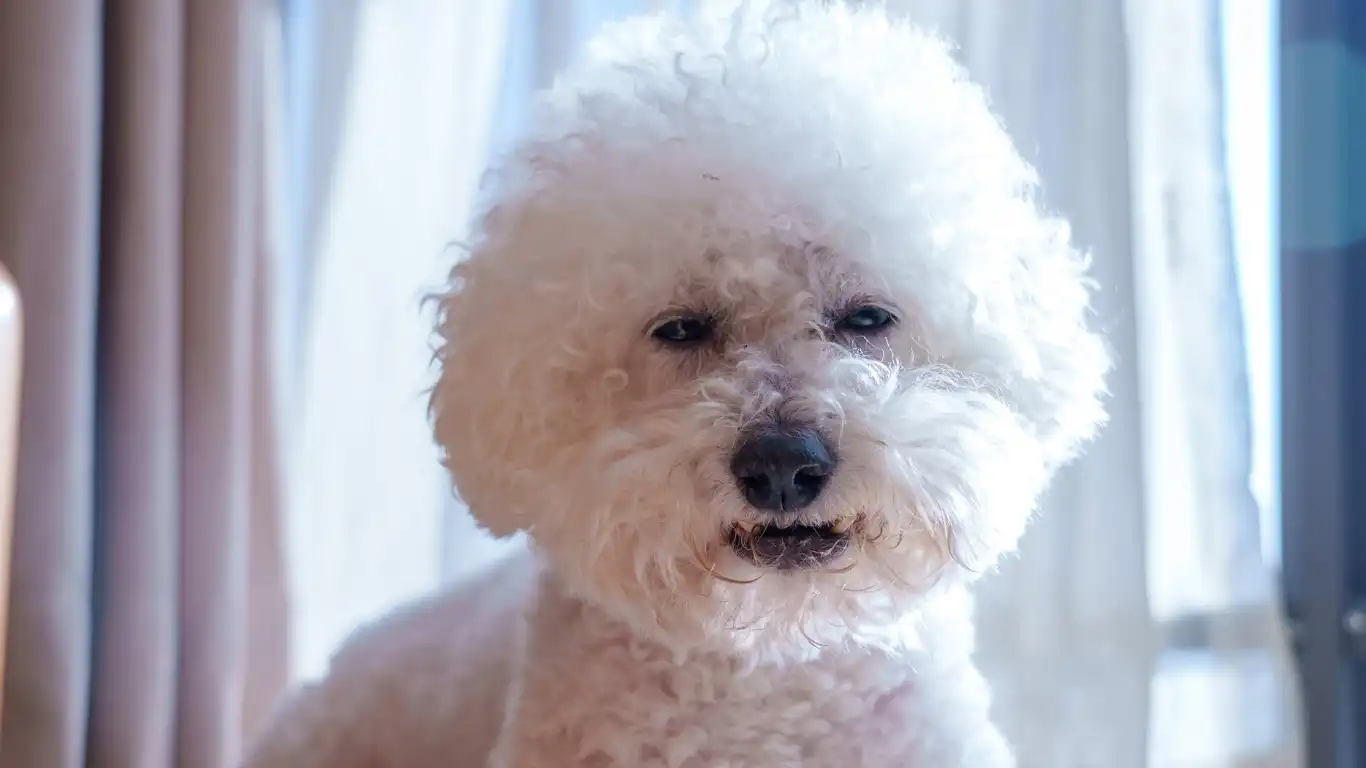
It’s natural to wonder why your dog reacts so strongly to something like fireworks, thunderstorms, or even a car backfiring. From my experience working closely with anxious dogs and their owners, the causes often boil down to a few key factors:
- Genetic predisposition: Some breeds tend to be more sensitive due to their natural temperament.
- Lack of early socialization: Puppies that aren’t exposed to a variety of sounds during their critical development period might grow up more startled by loud noises.
- Previous traumatic experiences: A dog who has had a scary encounter with loud noises before can develop lasting fear.
- General anxiety: Dogs with anxiety disorders often have heightened sensitivity to sudden, loud sounds.
Recognizing what’s behind your dog’s fear helps you take the right approach in easing their stress instead of just reacting with bandaid solutions.
How to Reduce Your Dog’s Reactivity to Loud Noises: Practical First Steps
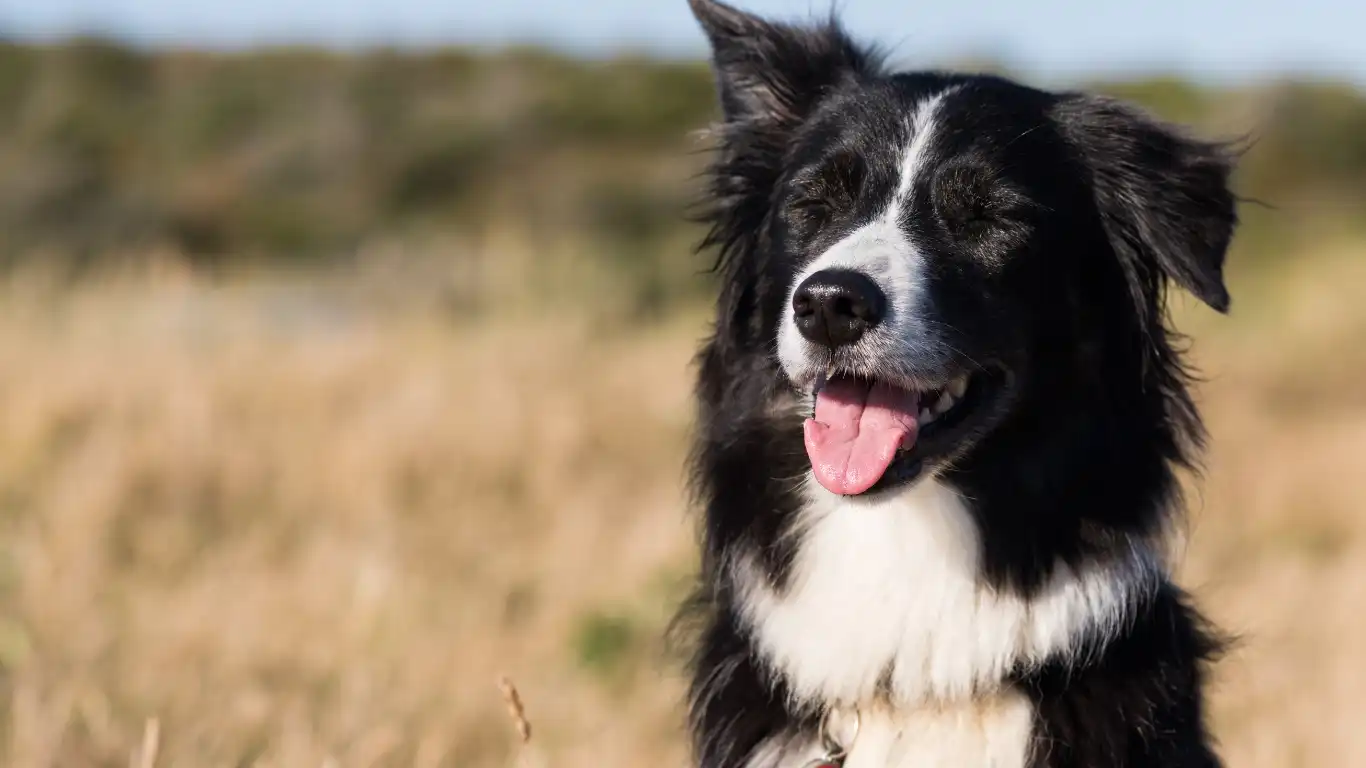
From my hands-on experience, helping a dog become less reactive doesn’t happen overnight—it’s a process that blends patience, consistency, and knowing what truly soothes your furry friend. Here are some foundational strategies I always recommend:
Create a Safe Space
First things first, dogs need a place they can retreat to when they feel overwhelmed. This spot should be cozy, quiet, and away from windows or loud echoes. I often suggest:
- A crate with soft bedding (if your dog enjoys crates).
- A corner with familiar toys and blankets.
- Using white noise machines or calming music specifically designed for dogs.
Giving your dog this “safe haven” helps them regain control and reduces the panic reaction when a loud noise hits.
Desensitization and Counter-Conditioning
This technique takes a bit of effort but can be very effective. Basically, it means exposing your dog to the trigger noise at a very low volume or intensity and pairing it with something positive—like tasty treats or playtime. Over time, the dog starts associating the noise with good things instead of danger.
In my practice, I always stress starting slow and watching your dog’s body language carefully. Signs of stress—like yawning, lip licking, or looking away—mean you need to dial it back a notch. Consistency over weeks or even months is key, but the payoff is well worth it.
Stay Calm and Reassuring
As someone who has witnessed how dogs pick up on their human’s energy, I can’t stress enough how important your own calm presence is during noisy events. Avoid loud scolding or overly coddling, which can unintentionally reinforce fearful behavior. Instead, use a steady, soothing tone and confident body language to help your dog feel more secure.
Nutrition and Supplements: Supporting Your Dog’s Calm from Within
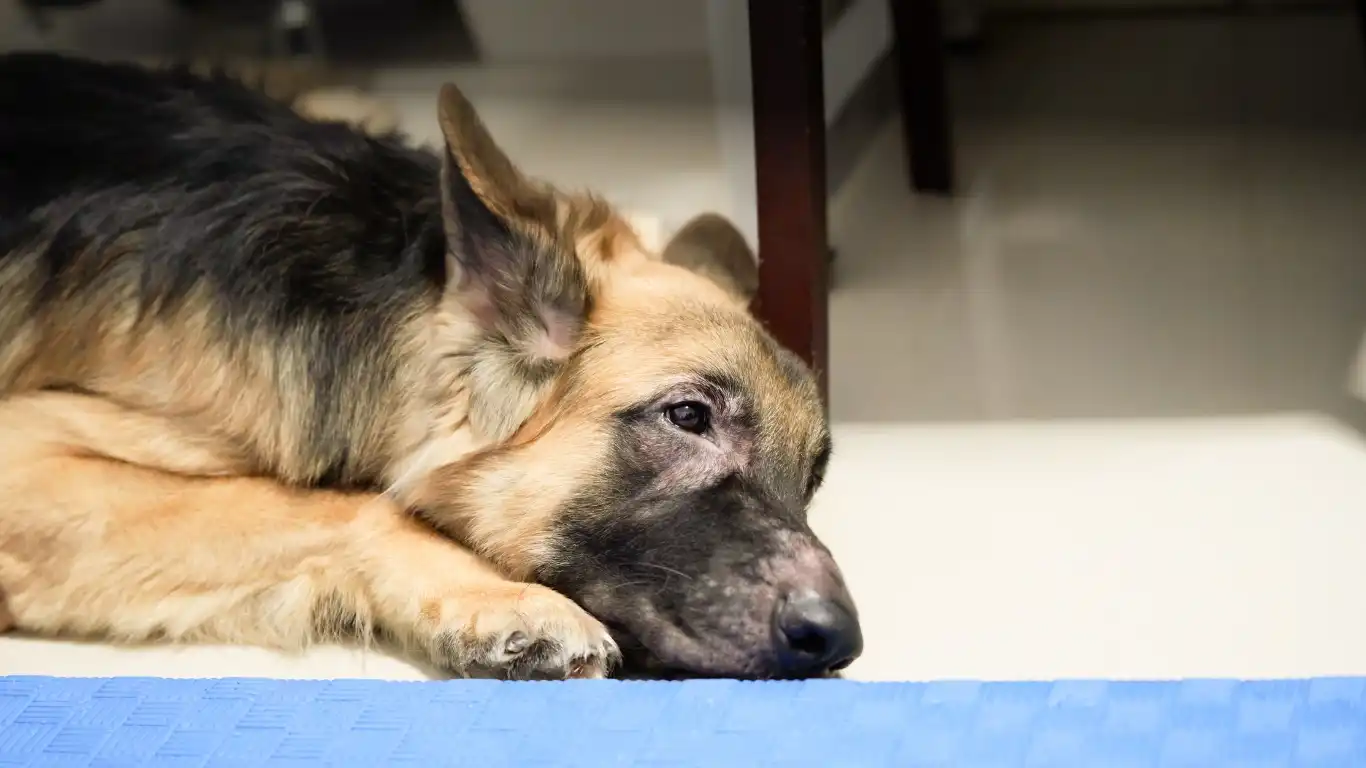
One aspect I’ve found really impactful in my years as a Veterinary Technician, especially with dogs sensitive to loud noises, is the role of nutrition. It might sound surprising, but what your dog eats can influence their overall stress levels and how they cope with anxiety triggers like loud sounds.
Good nutrition isn’t just about maintaining a shiny coat or healthy weight—it’s also about supporting brain function and nervous system health. Diets rich in omega-3 fatty acids, antioxidants, and certain vitamins can help balance mood and reduce stress. I’ve seen dogs with calmer demeanors simply by switching to high-quality, well-balanced food tailored to their needs.
Besides diet, some natural supplements have shown promise in reducing noise-related anxiety. Things like:
- L-theanine – known for promoting relaxation without sedation.
- Valerian root – a calming herb often used for nervousness.
- CBD oil – gaining popularity for its anti-anxiety effects, but always check with your vet first.
- Chamomile – mild calming properties in small doses.
From personal experience, supplements are not magic pills but can be a helpful part of a broader plan when combined with behavioral strategies and a supportive environment.
Behavioral Training Techniques to Ease Noise Reactivity

Training is often the game-changer when it comes to managing your dog’s noise reactivity. It’s about building confidence and giving your dog tools to cope rather than just hiding from the noise. Here are some effective techniques that I’ve recommended and seen work wonders:
Counter-Conditioning in Practice
Building on the earlier idea of desensitization, counter-conditioning flips the emotional response from fear to something positive. For example, when you anticipate a thunderstorm or fireworks, start giving your dog small, tasty treats or engaging toys as soon as the first sound occurs. Over time, your dog learns that loud noises predict good stuff, not scary moments.
One thing I always remind pet parents is to keep training sessions short and enjoyable. If your dog ever seems overwhelmed or disinterested, it’s okay to take a break and try again later. Patience here really pays off.
Teach a “Focus” or “Look at Me” Cue
One of my favorite tricks to help distract a reactive dog is teaching them to look at you on command. When loud noises happen, getting their attention back to you can interrupt the anxiety spiral.
- Start in a quiet environment, say your dog’s name, and reward eye contact immediately.
- Practice frequently, gradually increasing distractions.
- Use this cue during noise events to help redirect your dog’s focus and provide reassurance.
It’s a simple tool but incredibly effective, especially when combined with calm body language and positive reinforcement.
Use of Interactive Toys and Mental Stimulation
Engaging your dog’s brain can help lower stress overall. Puzzle feeders, scent games, or training new tricks provide mental outlets that tire your dog out in a healthy way. A tired dog is generally less reactive and more resilient.
In the clinic, I often suggest owners keep a stash of favorite toys or chews ready for noise-heavy times. It’s a practical distraction that also strengthens your bond.
When to Seek Professional Help
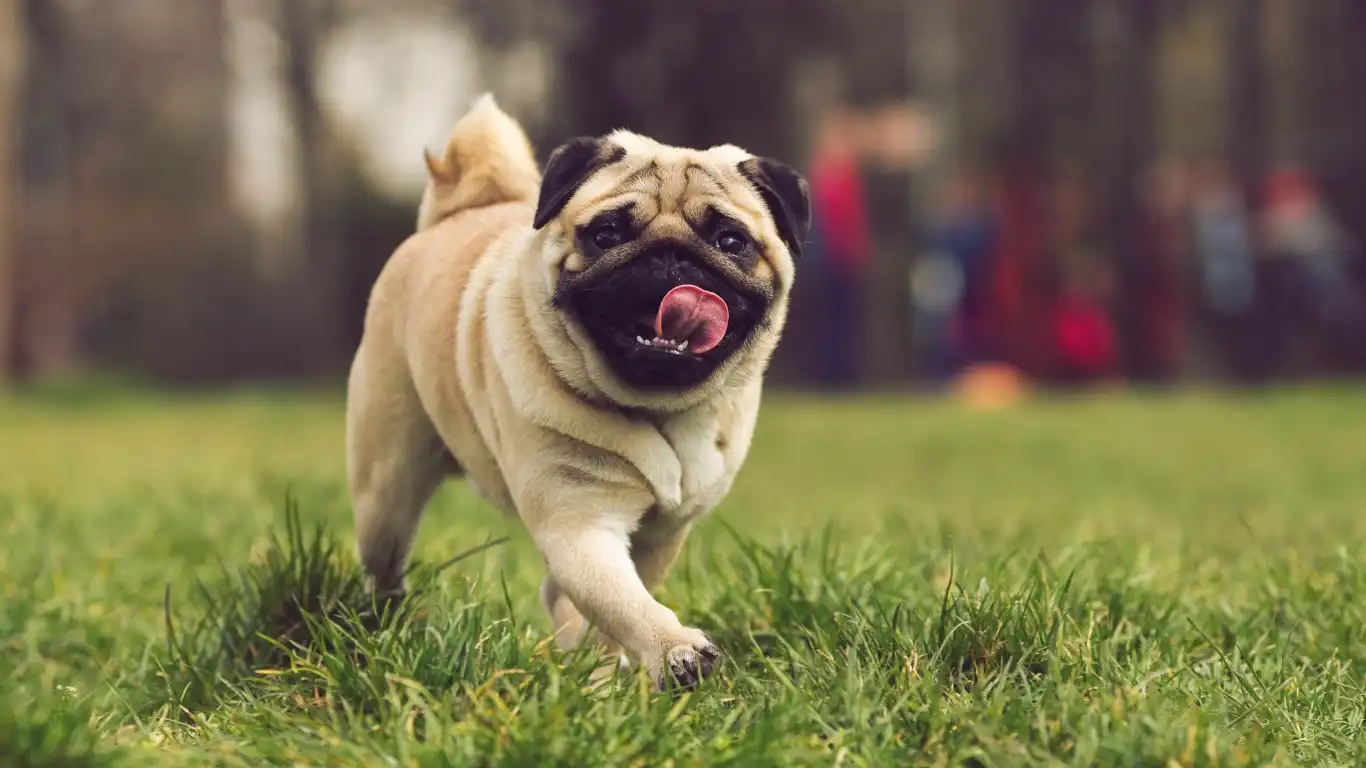
Even with all the strategies above, some dogs might need extra support. If your dog’s noise reactivity is severe—think full-blown panic attacks, destructive behavior, or self-injury—it’s important to consult a professional. A veterinary behaviorist or a qualified trainer can tailor a treatment plan that might include:
- Behavior modification programs
- Prescription medications to reduce anxiety during peak noise periods
- Advanced training techniques using gradual exposure
- Combining nutritional and pharmaceutical support
From my perspective, the goal is always to improve quality of life for both dog and owner. Don’t hesitate to reach out if you’re feeling stuck or overwhelmed. Experts can offer guidance, reassurance, and customized solutions that you might not find on your own.
Environmental Adjustments: Setting the Stage for a Calm Canine
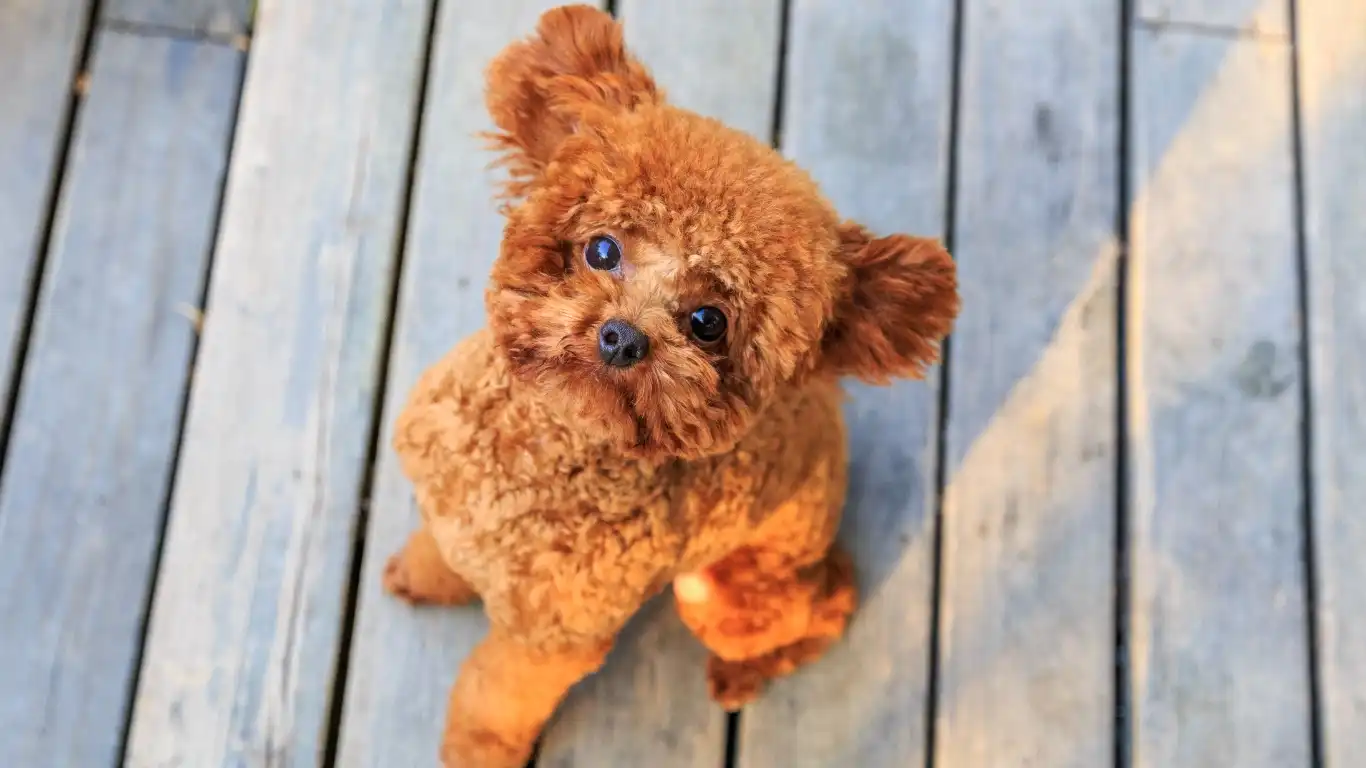
Something I’ve noticed over the years working with anxious dogs is how much the environment plays into their reactions. When loud noises hit, the surrounding atmosphere can either amplify the stress or help soothe it. Making thoughtful changes at home can be a game-changer in reducing your dog’s noise reactivity.
Soundproofing and Noise Reduction
It’s not always realistic to completely block out loud noises like thunderstorms or fireworks, but minimizing their impact indoors goes a long way. Here are some tips I’ve found super useful:
- Close windows and curtains: Thick curtains help muffle outside sounds and also create a darker, less stimulating environment.
- Use rugs and soft furnishings: These absorb sound better than hard floors and walls.
- White noise or calming music: Playing background noise specifically designed for dogs can mask sudden loud sounds and promote relaxation.
Even small changes can make your home feel like a sanctuary rather than a battlefield during noisy events.
Establish a Routine
Dogs thrive on routine, and knowing what to expect can reduce their overall anxiety levels. I often advise owners to keep feeding, walks, and playtime on a consistent schedule, especially during seasons with frequent loud noises like holidays or stormy months.
Having predictable activities helps your dog feel grounded and secure, making them less likely to spiral into fear when a sudden noise occurs.
My Personal Insights: What Worked Best in Practice

Over the years, I’ve had the chance to support many dogs and their humans dealing with noise sensitivity. Here’s what I’ve learned that consistently helps:
- Early intervention is golden. The sooner you start addressing noise reactivity, the easier it is to prevent the fear from deepening.
- Consistency beats intensity. Small, regular training sessions and steady routines often work better than intense one-off attempts.
- Patience and empathy matter most. Dogs pick up on our emotions—being calm and supportive creates a feedback loop of trust.
- Don’t hesitate to combine approaches. Nutrition, training, environmental changes, and professional advice together form a stronger support system than any single tactic alone.
One case that sticks with me involved a rescue dog terrified of thunder. By setting up a cozy safe space, using calming supplements recommended by the vet, and gradually introducing thunder sounds paired with treats, we saw huge improvements in just a few months. It was a reminder that even deeply rooted fears can be softened with care.
References and Resources
- American Veterinary Medical Association
- Association of Professional Dog Trainers
- American Animal Hospital Association
- American Society for the Prevention of Cruelty to Animals
Disclaimer
This article is intended for informational purposes only and does not replace professional veterinary advice. Always consult your veterinarian or a qualified animal behaviorist before starting any new treatment or training plan for your dog. Individual needs vary, and what works for one dog might not work for another.

